Dean's COVID-19 Commentary
-
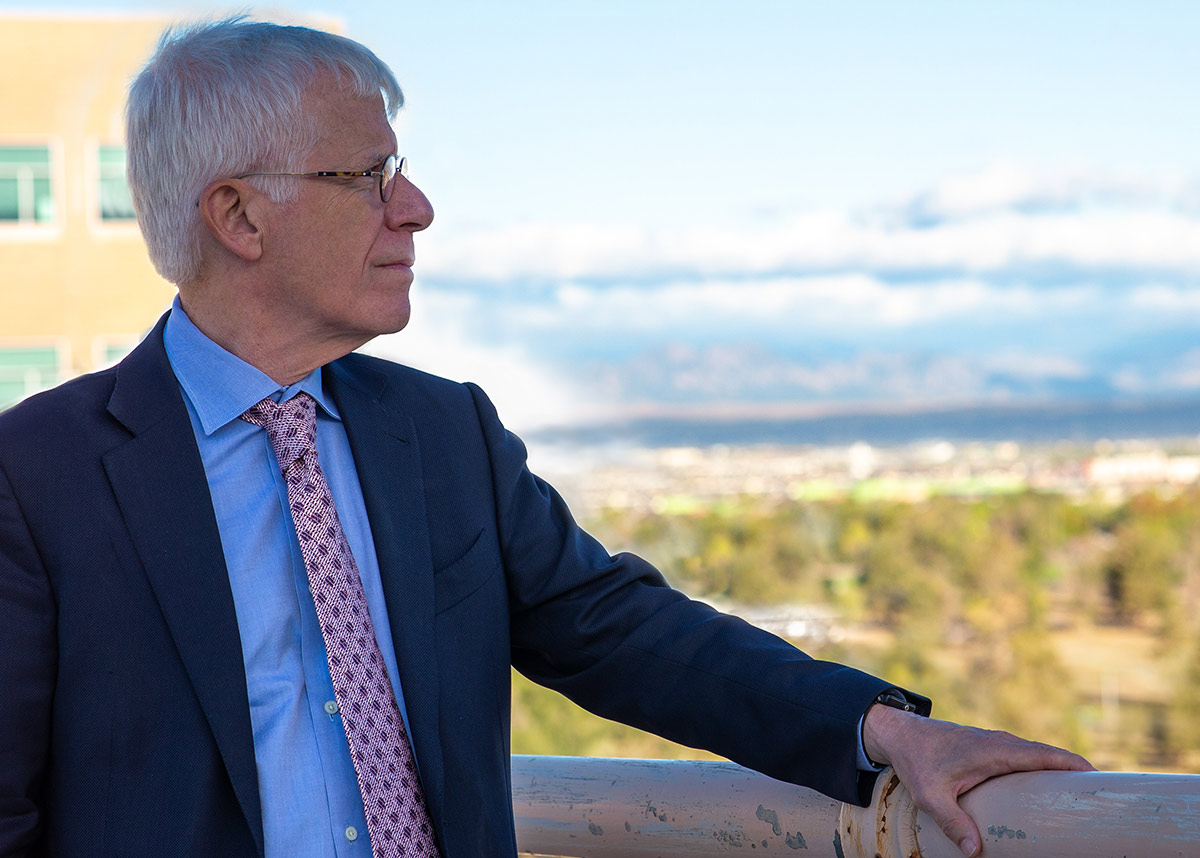
The COVID-19 Pandemic & More: A surge starting in Colorado, and a look back by Deborah Birx
Nov 7, 2022I was asked by Alfredo Morabia, a friend and editor of the American Journal of Public Health, to participate in a panel discussion at APHA's national meeting on “Modernizing CDC.” To prepare, I read Silent Invasion by Deborah Birx, the White House Coronavirus Response Coordinator during the Trump Administration.Full story -
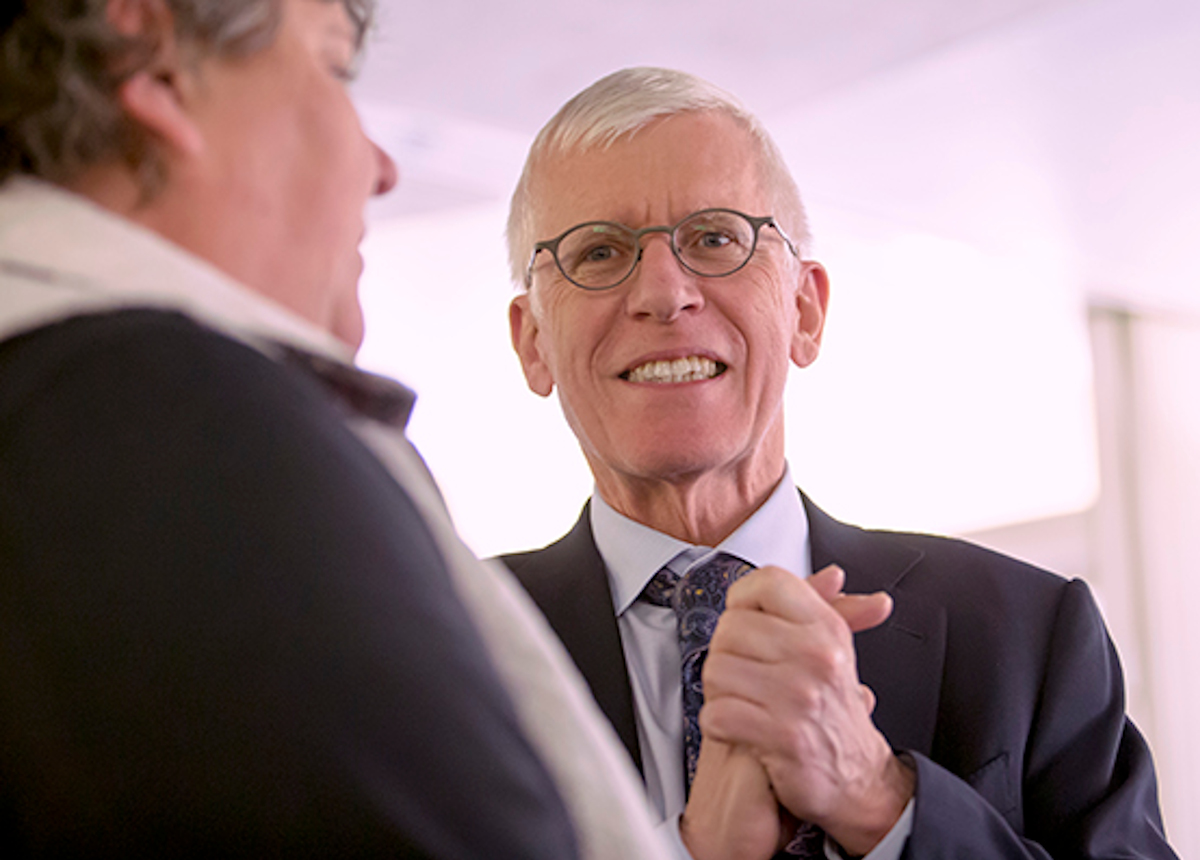
The COVID-19 Pandemic & More: Colorado’s course remains uncertain, and academia’s return to in-person meetings
Oct 24, 2022Academia has returned to its 2019 guise with in-person meetings and a reactivated lecture circuit. Many meetings had been postponed by the pandemic. Now, the fall schedule is filled with make-up events. On October 14, I spoke at Johns Hopkins on the occasion of the 100th anniversary of the American Journal of Epidemiology.Full story -

The COVID-19 Pandemic & More: Colorado’s plateau continues, and causation and its consequences
Oct 18, 2022Causation was on my mind this week, as it has been many times in the past. The finding that an association is causal may have profound implications and lead to action.Full story -

The COVID-19 Pandemic & More: Colorado’s mixed picture, and why are there so many solicitations about Camp Lejeune from lawyers?
Oct 12, 2022Former residents of Camp Lejeune have become a new target of a tsunami of advertisements from lawyers, recruiting people who may be eligible for compensatory damages due to the long history of contaminated drinking water on the base.Full story -

The COVID-19 Pandemic & More: A book recommendation while Omicron continues to ebb in Colorado
Oct 4, 2022Over the last month, I have read Fiona Hill’s "There Is Nothing For You Here: Finding Opportunity in the Twenty-First Century" — a book for our times. You may remember her name from the first impeachment of President Trump during which she testified on matters related to Russia and Ukraine. I was particularly absorbed by her account of classism in the United Kingdom.Full story -

The COVID-19 Pandemic & More: Fixing our broken public health data systems
Sep 26, 2022Colorado first. The hospitalization count for September 20 was 145, down from 159 on September 13. However, test positivity is trending up, reaching 5.63%. Not to contradict President Biden, but the COVID-19 pandemic is not over.Full story -

The COVID-19 Pandemic & More: Actions by all of us protect public health
Sep 19, 2022Colorado’s air quality problems were in the news last week, as the Environmental Protection Agency shifted the status of the Denver Metro/Northern Front Range ozone non-attainment region to severe, raising questions about what should be done to grapple with rising ozone pollution.Full story -
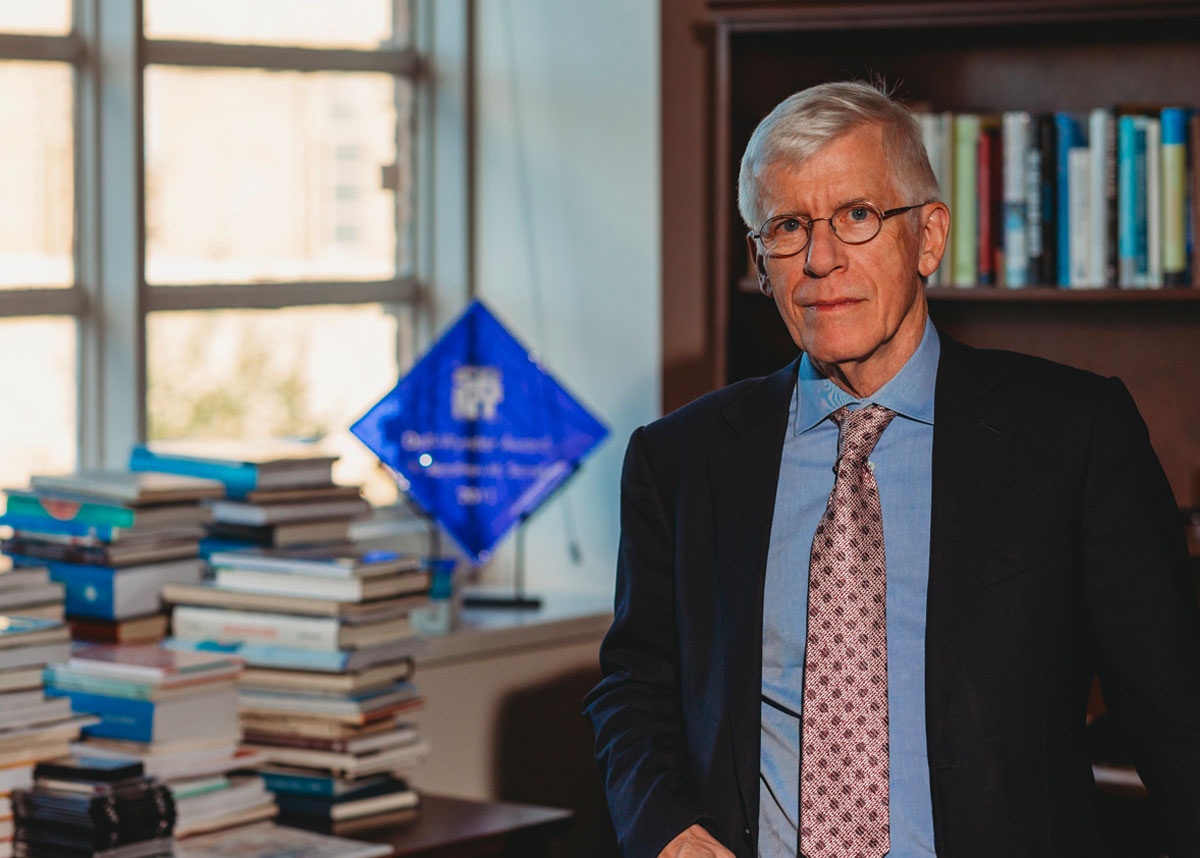
The COVID-19 Pandemic & More: The opportune time to build resiliency
Sep 12, 2022Nationally, the epidemic curve continues downward, and globally, a variant of concern that will interrupt the current lull has yet to emerge, offering time to build resiliency.Full story -

The COVID-19 Pandemic and More: Colorado calm continues, as does misinformation
Sep 6, 2022Last week, CDC Director Walensky endorsed the recommendation of the Advisory Committee on Immunization Practices for the updated boosters from Pfizer-BioNTech and Moderna. Misinformation remains a barrier, but what is the solution?Full story -
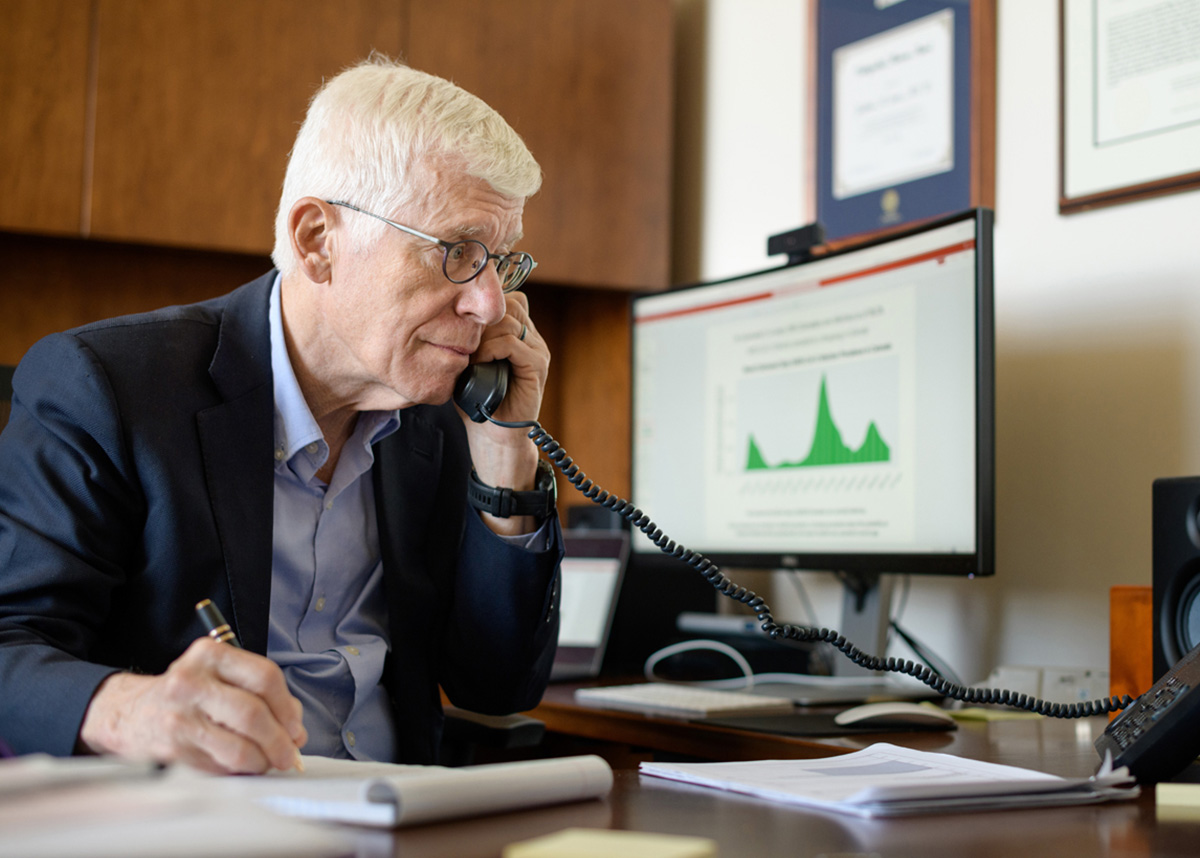
The COVID-19 Pandemic and More: Colorado’s curve continues to decline, and worrying about a nuclear power plant disaster in Ukraine
Aug 29, 2022Last week’s COVID-19 hospitalization count was 184, a substantial drop from the five-week plateau in the low 300s. This lull coincides with the start of classes at the Colorado School of Public Health—today.Full story -

The COVID-19 Pandemic and More: Colorado remains on a good course and the CDC is rebuked—by its director
Aug 22, 2022CDC Director Walensky acknowledged that the CDC has not performed as it should have during the pandemic and called for an overhaul of the 11,000-person agency, leaving questions about the lack of a cohesive public health system in the US.Full story -

The COVID-19 Pandemic and More: The curve continues to bend, and a cycling vacation
Aug 15, 2022With the pandemic stalled, the pace of notable public health events has slowed somewhat, but this last week has brought ample fodder.Full story -

The COVID-19 Pandemic and More: Remember 2020, and PFAS and public health
Aug 1, 2022The COVID-19 pandemic has rescaled time into Before COVID-19 (BC) and After COVID-19 (AC). In this calendar, we are now well into AC year three.Full story -

The COVID-19 Pandemic and More: Heat records, heat deaths, and Colorado’s COVID-19 curve bends perhaps
Jul 26, 2022Last week, heat and climate change eclipsed the COVID-19 pandemic as the public health threat of the moment. Throughout the United Kingdom, high temperature records were broken and then re-broken.Full story -

The COVID-19 Pandemic and More: Surveillance challenges, and the Tour de France and COVID-19
Jul 18, 2022Surveillance is a core tool of public health, fundamental to capturing the course of disease and the consequences of interventions. Since its start, we have tracked the COVID-19 pandemic with indicators of infection, disease, and death, while advances in data sciences supported the successful implementation of valuable, encompassing national and global databases.Full story -

The COVID-19 Pandemic and More: BA.5 is the latest winner in the subvariant competition, and back to politics and public health
Jul 11, 2022Omicron subvariants continue to rise in Colorado, and nationally, BA.5 now accounts for the majority of cases. Fortunately, BA.4 and BA.5, while more transmissible than earlier subvariants, are not more virulent. However, they have structural changes that facilitate immune escape.Full story -
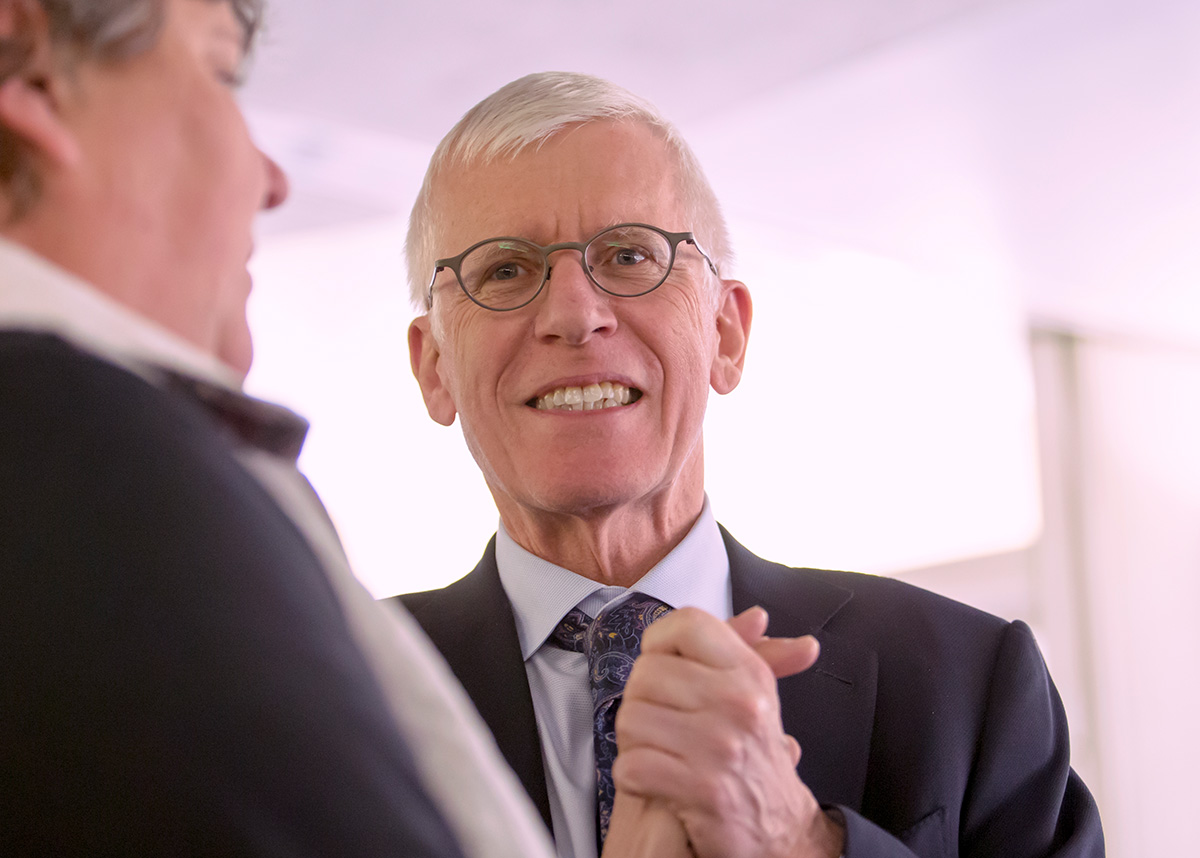
'Colorado's Dr. Fauci' reflects on COVID and the state of public healthOpens in a new window
Jul 10, 2022Nearly half of Jon Samet's tenure as dean has been spent battling COVID-19, from modeling the virus's spread to advising state and local leaders. The pandemic ”brought a new prominence to public health and its persistence in the public eye”, Samet reflects.Opens in a new window Full story -

The COVID-19 Pandemic and More: Colorado’s pandemic plateaus, and the Supreme Court continues to threaten public health
Jul 5, 2022I am just back from a trip to Scotland and my first brush with having COVID-19 is a result. And the Supreme Court released yet another decision with profound public health implications last week, West Virginia v. the EPA.Full story -

The COVID-19 Pandemic and More: Colorado’s epidemic curve bends, the Supreme Court threatens public health, and FDA takes strong action on tobacco at last
Jun 27, 2022There were two very discouraging decisions from the Supreme Court last week, both with profound implications for public health. One was the reversal of the previously-ruled, constitutionally-guaranteed right to abortion coming from the Roe v. Wade decision of 1973 and the second, the striking down of New York’s long-standing law on owning or carrying a handgun without a permit.Full story -

The COVID-19 Pandemic: Juneteenth and back to COVID’s inequalities, and Ashish Jha
Jun 20, 2022Yesterday was Juneteenth, a day celebrating June 19, 1865, when African American slaves in Galveston, Texas, were informed of their freedom after the Civil War’s end. The day offers a needed reminder that slavery’s legacy is lasting and still imprinting our country.Full story


